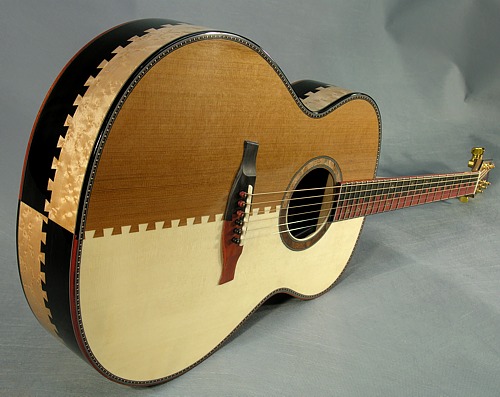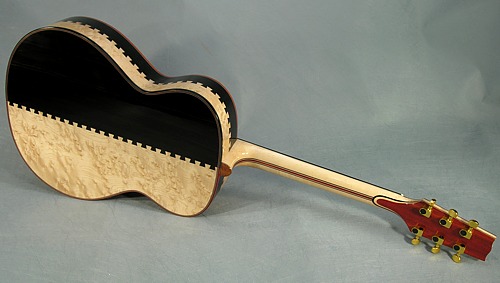I've been thinking about this recently and thought that I'd ask.
This might be a question for Bruce/Spruce mostly. I remember a few years ago Bruce brought up the idea that John Reichman's Loar may have had two different tone woods on it. Bruce offered the suggestion to have some mandolins made that had a Red Spruce Treble side and Sitka Bass side. I know at lest one and maybe two of them were made.
My question was...How did they turn out? Anyone know?







 Reply With Quote
Reply With Quote





















Bookmarks